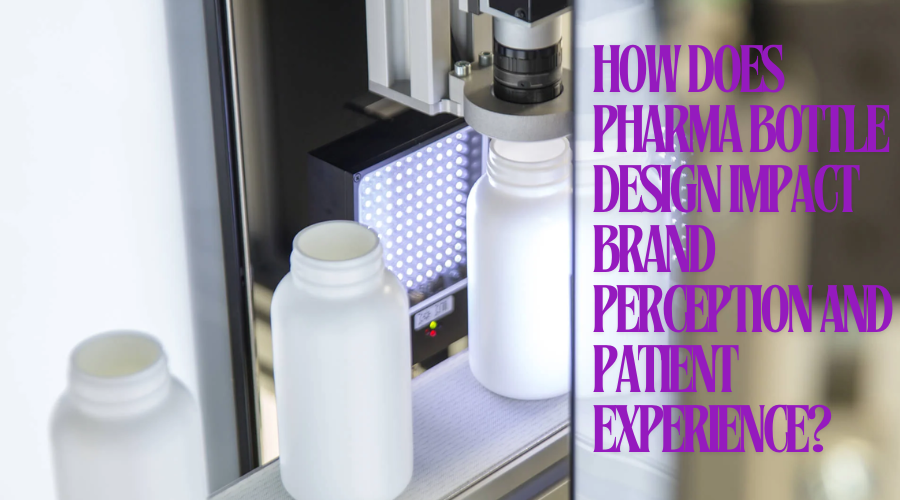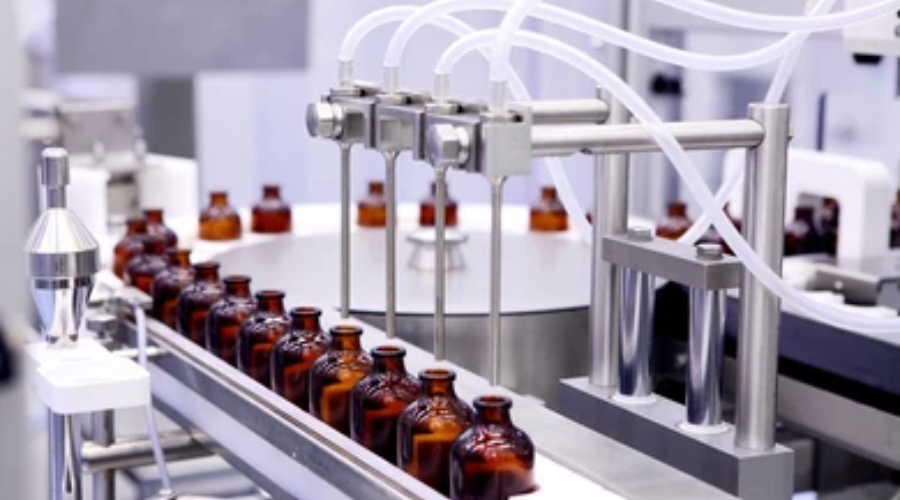


In the world of pharmaceuticals, where trust and safety are the foundation of success, packaging often plays a supporting role, overshadowed by the importance of the product itself. However, a closer look reveals that packaging design can significantly influence brand perception, patient experience, and medication adherence.
Pharmaceutical packaging is more than just a protective shell; it's a silent salesperson communicating the brand's identity, conveying essential information, and influencing consumer behavior. Properly designed packaging differentiates a product from competitors, inspires confidence, and enhances the therapeutic experience.
Brand Identity: Packaging can reinforce a brand's identity and values. For example, a sleek, modern design might convey innovation, while a classic, timeless look could suggest tradition and reliability.
Product Differentiation: Unique packaging can help a product stand out in a crowded marketplace. This can be achieved through distinctive shapes, colors, or materials.
Consumer Trust: A well-designed package can instill confidence in consumers. High-quality materials used in packaging and clear labeling exhibit a firm commitment. Brandsnds to quality and safety.
Medication Adherence: Intuitive packaging design can improve patient adherence by making opening, using, and storing medications easier. This has far-reaching effects and can yield better health outcomes by reducing healthcare costs.
Safety and Compliance: Packaging can help prevent medication errors by providing clear instructions and warnings and ensuring compliance with regulatory requirements.
Convenience: Convenient packaging, such as unit dose pouches or blister packs, can enhance the patient experience by reducing the need for handling and counting pills.
Beyond traditional bottles, innovative packaging solutions are emerging to meet the challenges of patient requirements and healthcare providers. These include:
Smart Packaging: Incorporating technology, such as QR codes or RFID tags, to provide real-time tracking, patient reminders, and counterfeit prevention.
Sustainable Packaging: Using eco-friendly materials and minimizing waste to address environmental concerns.
Personalized Packaging: Tailoring packaging to individual patient needs, such as language preferences or dosage requirements.

As technology advances, we expect to see even more innovative packaging solutions in the pharmaceutical industry. These advancements will improve patient experiences and enhance the efficiency and sustainability of the healthcare supply chain.
In conclusion, pharmaceutical packaging is more than just a functional necessity; it's a powerful tool that influences brand perception, patient experience, and medication adherence. By investing in thoughtful and innovative packaging design, pharmaceutical companies can create a lasting impression and build a loyal customer following.
1. What is the importance of packaging in the pharmaceutical industry?
Pharmaceutical packaging is the first point of contact between the product and the consumer. It protects the product, conveys essential information, and influences brand perception. Additionally, it is a crucial part of medication safety and adherence.
2. How can packaging design impact brand perception?
Packaging can significantly influence brand perception by conveying a brand's identity, values, and quality. A well-designed package successfully differentiates a product from competitors, inspires trust, and creates a positive impression on consumers.
3. What are some critical elements of effective pharmaceutical packaging design?
Key elements include:
Material Selection: Choosing high-quality, safe materials that align with the brand's image.
Labeling and Branding: Clear, accurate labeling and vital branding elements to enhance recognition.
Ease of Use: User-friendly designs for easy opening, handling, and storage.
Aesthetic Appeal: Visually appealing designs that create a positive impression.
4. How can packaging design improve patient experience?
Packaging can enhance patient experience by:
Improving medication adherence: Intuitive designs that make it easier to use and understand.
Reducing medication errors: Clear labeling and instructions.
Providing convenience: User-friendly features and portable packaging.
5. What are some innovative packaging solutions in the pharmaceutical industry?
Innovative packaging: Incorporating technology for tracking, reminders, and counterfeit prevention.
Sustainable packaging: Using eco-friendly materials and minimizing waste.
Personalized packaging: Tailoring packaging to individual patient needs.